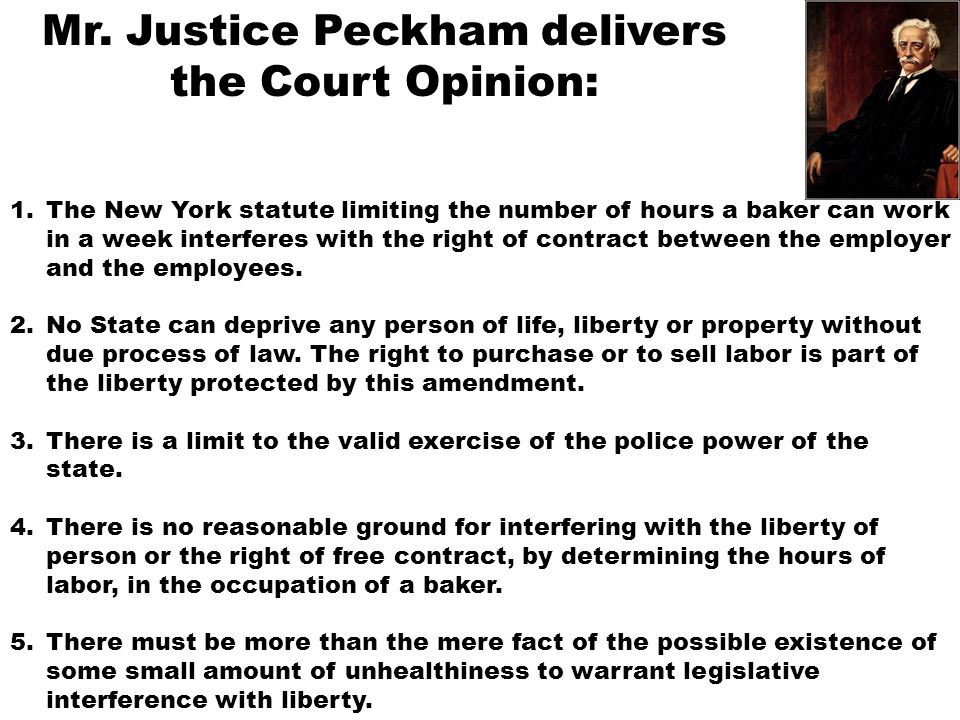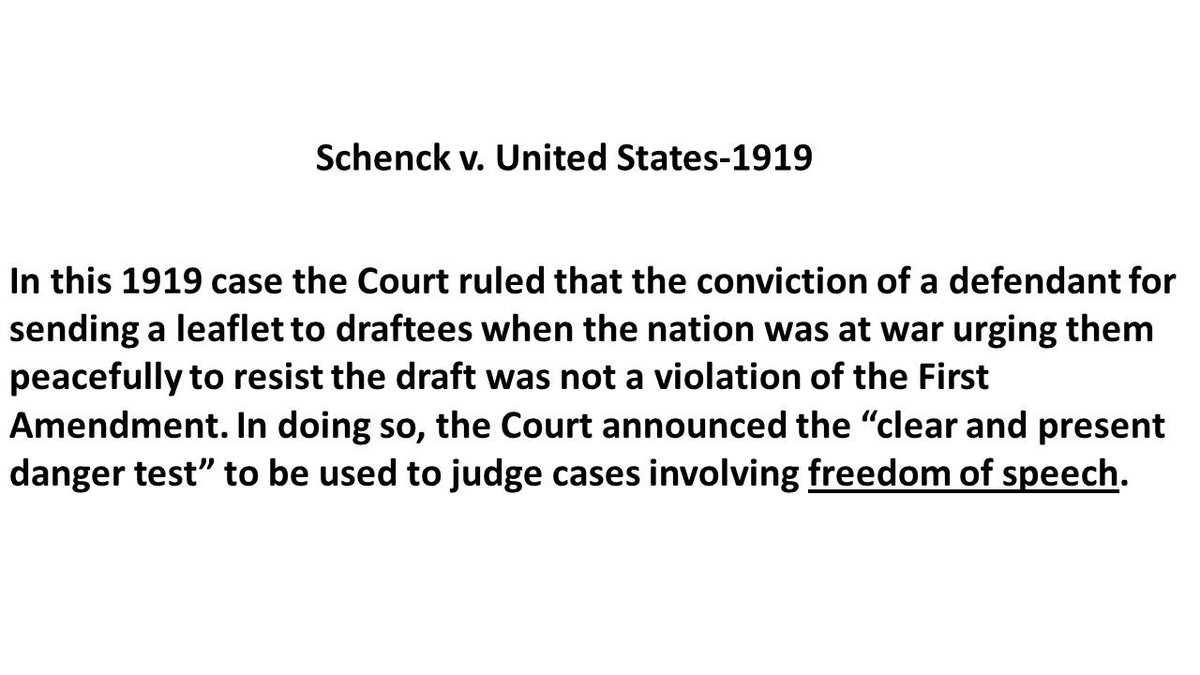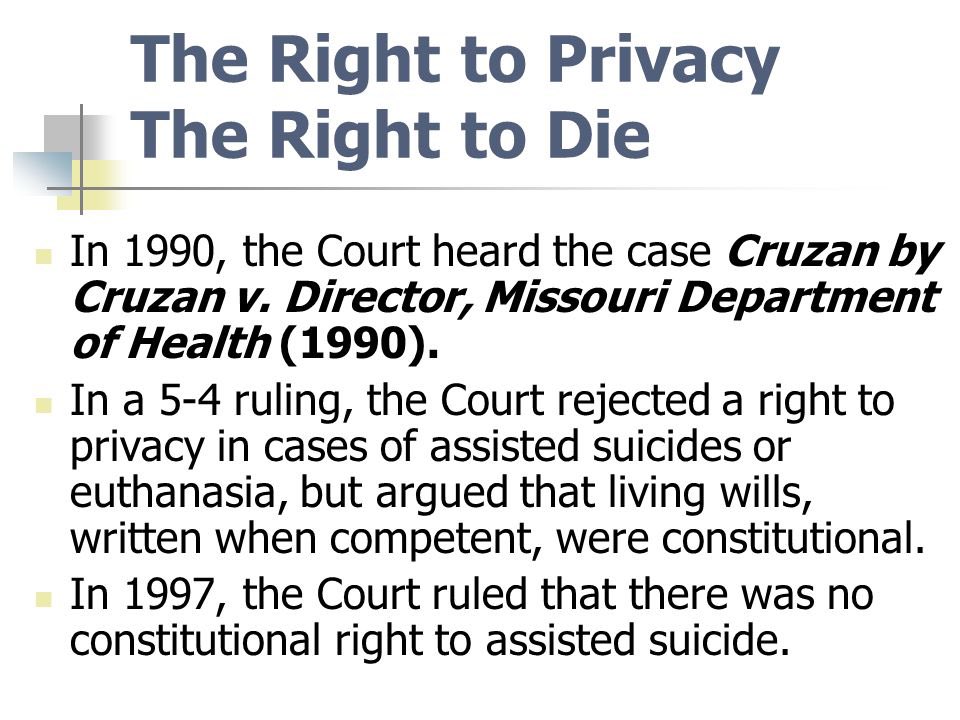
A landmark court case is a case of legal importance, usually settling a signficant matter, and which decision is used and followed by the judiciary to decide cases dealing with the same issue. Here are 26 important Supreme Court Landmark Decisions over the years.1/28 #SCOTUS 

Marbury v Madison: judicial review created; The act and the ensuing last-minute appointment of new judges by outgoingJohn Adams (the so-called “midnight judges”) were decried by the incoming president, Thomas Jefferson.
#SCOTUS #BackToSchool #DemsWork4USA
#SCOTUS #BackToSchool #DemsWork4USA

Plessy v Ferguson: “separate but equal”; In the pivotal case of Plessy v. Ferguson in 1896, the U.S. Supreme Court ruled that racially separate facilities, if equal, did not violate the Constitution. 3/28 #BackToSchool #SCOTUS #DemsWork4USA 

Brown v Board of Education Topeka Kansas: overturned Plessy v Ferguson by saying separate is NOT equal 4/28 #SCOTUS #BackToSchool #DemsWork4USA 

Gideon v Wainwright: uses the 14th Amendment to make all citizens equal under law. The Court held that the 6th Amendment’s guarantee of counsel is a fundamental right essential to a fair trial and, as such, applies the states through the Due Process Clause of the 14th Amendment. 

Miranda v Arizona: You have the right to remain silent. Anything you say or do can and will be held against you in a court of law. You have the right to speak to an attorney. If you cannot afford an attorney, one will be appointed for you. Do you understand these rights..#SCOTUS 

Roe v Wade: gives women the right to choose an abortion, based on privacy;
the Court ruled that the Constitution of the United States protects a pregnant woman's liberty to choose to have an abortion without excessive government restriction. 7/28 #SCOTUS #BackToSchool
the Court ruled that the Constitution of the United States protects a pregnant woman's liberty to choose to have an abortion without excessive government restriction. 7/28 #SCOTUS #BackToSchool

Texas v Johnson: In a 5-to-4 decision, the Court held that Johnson's burning of a flag was protected expression under the First Amendment. The Court found that Johnson's actions fell into the category of expressive conduct and had a distinctively political nature. 8/28 #SCOTUS 

Tinker v Des Moines: students are allowed to protest as long as there is not interruption of learning or teaching. Tinker v. Des Moines is a historic Supreme Court ruling from 1969 that cemented students’ rights to free speech in public schools. 9/28 #SCOTUS #BackToSchool 

Swann v Charlotte-Mecklenburg: allowed schools to use busing to racially balance schools. April 20, 1971, the Supreme Court of the United States unanimously upheld busing programs that aimed to speed up the racial integration of public schools in the United States. 10/28 #SCOTUS 

Mapp v Ohio: exclusionary rule; evidence taken illegally can’t be used in court. The Court decided that evidence obtained illegally may not be used against someone in a court of law by the Fourth Amendment. 11/28 #SCOTUS #BackToSchool #DemsWork4USA 

McCulloch v Maryland: The Court ruled that the National Bank is constitutional and states cannot tax the national government; it made national government superior to states 12/28 #SCOTUS #BackToSchool #DemsWork4USA 

Gibbons v Ogden: the power to regulate interstate commerce, granted to Congress by the Commerce Clause of the United States Constitution, encompassed the power to regulate navigation. 13/28 #SCOTUS #BackToSchool #DemsWork4USA 

Charles River Bridge v Warren Bridge 1837: weighed the importance of travel & trade against the importance of private companies making profits. It asserted the rights of the government to control the waters of a river & the profit that could be made from travel over those waters. 

Dred Scott vs. Sandford 1857:
A case in which the Court decided that slaves who were descendants of American slaves were not citizens of the United States under Article III of the U.S. Constitution. 15/28 #SCOTUS #BackToSchool #DemsWork4USA
A case in which the Court decided that slaves who were descendants of American slaves were not citizens of the United States under Article III of the U.S. Constitution. 15/28 #SCOTUS #BackToSchool #DemsWork4USA

Munn v. Illinois, 1877
Businesses that serve the public interest are subject to regulation by state government;
the Court held that states could regulate the use of private property if the property affected public interest. 16/28 #SCOTUS #BackToSchool #DemsWork4USA
Businesses that serve the public interest are subject to regulation by state government;
the Court held that states could regulate the use of private property if the property affected public interest. 16/28 #SCOTUS #BackToSchool #DemsWork4USA

Lochner v. New York, 1905
The Constitution bars a state from interfering with an employee’s right to contract with an employer; held that limits to working time violated the Fourteenth Amendment. The decision has been effectively overturned. 17/28 #SCOTUS #BackToSchool
The Constitution bars a state from interfering with an employee’s right to contract with an employer; held that limits to working time violated the Fourteenth Amendment. The decision has been effectively overturned. 17/28 #SCOTUS #BackToSchool

Schenck v. United States, 1919: the freedom of speech protection afforded in the U.S. Constitution’s First Amendment could be restricted if the words spoken or printed represented to society a “clear and present danger.” 18/28 #SCOTUS #BackToSchool #DemsWork4USA 

Near v. Minnesota, 1931
“The liberty of the press ... is safeguarded from invasion by state action; prior restraint on publication was found to violate freedom of the press as protected under the First Amendment. This principle was applied to free speech generally in later cases.
“The liberty of the press ... is safeguarded from invasion by state action; prior restraint on publication was found to violate freedom of the press as protected under the First Amendment. This principle was applied to free speech generally in later cases.

West Coast Hotel v. Parrish, 1937
“The switch in time that saved nine.” The Court ruled, 5-4, that Washington State could impose minimum wage regulations on private employers without violating the Constitution's Fourteenth Amendment. 20/28 #SCOTUS #BackToSchool #DemsWork4USA
“The switch in time that saved nine.” The Court ruled, 5-4, that Washington State could impose minimum wage regulations on private employers without violating the Constitution's Fourteenth Amendment. 20/28 #SCOTUS #BackToSchool #DemsWork4USA

Baker v. Carr, 1962
One person, one vote;
forced the Tennessee legislature to reapportion itself on the basis of population. Traditionally, esp. in the South, the populations of rural areas had been overrepresented in legislatures in proportion to those of urban & suburban areas.
One person, one vote;
forced the Tennessee legislature to reapportion itself on the basis of population. Traditionally, esp. in the South, the populations of rural areas had been overrepresented in legislatures in proportion to those of urban & suburban areas.

Engel v. Vitale, 1962
Public institutions (i.e., a school system) cannot require prayer: The state cannot hold prayers in public schools, even if participation is not required and the prayer is not tied to a particular religion. 23/28 #SCOTUS #BackToSchool #DemsWork4USA
Public institutions (i.e., a school system) cannot require prayer: The state cannot hold prayers in public schools, even if participation is not required and the prayer is not tied to a particular religion. 23/28 #SCOTUS #BackToSchool #DemsWork4USA

New York Times Co. v. Sullivan, 1964
To win a libel case, public figures must prove “actual malice” on the part of the writer; it protects the press and the public's right to criticize public officials in the conduct of their duties. #SCOTUS #BackToSchool #DemsWork4USA
To win a libel case, public figures must prove “actual malice” on the part of the writer; it protects the press and the public's right to criticize public officials in the conduct of their duties. #SCOTUS #BackToSchool #DemsWork4USA

Griswold v. Connecticut, 1965
The Constitution implies a right to privacy in matters of contraception between married people; the Constitution of the United States protects the liberty of married couples to buy and use contraceptives without government restriction. #SCOTUS
The Constitution implies a right to privacy in matters of contraception between married people; the Constitution of the United States protects the liberty of married couples to buy and use contraceptives without government restriction. #SCOTUS

San Antonio Independent School District v. Rodriguez, 1973:
ruled no constitutional right to an equal education, held no violation of rights in Texas’ school system, and reserved jurisdiction and management of Texas’ public school finance system to the state. #SCOTUS
ruled no constitutional right to an equal education, held no violation of rights in Texas’ school system, and reserved jurisdiction and management of Texas’ public school finance system to the state. #SCOTUS

United States v. Nixon, 1974
Neither separation of powers, nor the need for confidentiality can sustain unqualified Presidential immunity from the judicial process; held that the President does not have executive privilege in immunity from subpoenas or other civil court actions.
Neither separation of powers, nor the need for confidentiality can sustain unqualified Presidential immunity from the judicial process; held that the President does not have executive privilege in immunity from subpoenas or other civil court actions.

Cruzan v. Missouri Dept. of Health, 1990
While the Constitution protects a person’s right to reject life-preserving medical treatment (their “right to die”), states can regulate that interest if the regulation is reasonable. #SCOTUS #BackToSchool #DemsWork4USA
While the Constitution protects a person’s right to reject life-preserving medical treatment (their “right to die”), states can regulate that interest if the regulation is reasonable. #SCOTUS #BackToSchool #DemsWork4USA

#VoteBlue2022 “According to the Supreme Court, money is now speech & corporations are now people. But when real people without money assemble to express their dissatisfaction with the political consequences of this, they’re treated as public nuisances & evicted.”
~Robert Reich
~Robert Reich

• • •
Missing some Tweet in this thread? You can try to
force a refresh



















